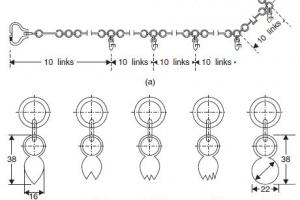Types of and Uses of Photographic Surveying
There are two ways of taking aerial photographs:
- Vertical
- Oblique
Verticals are taken with the axis of the camera pointing vertically downward. These photographs can produce more accurate maps as the variation n scale over the area is smaller and no area remains hidden. However the details in photograph can not be easily identified as the view offered is unfamiliar to eyes.
Oblique are produced by giving a camera a tilt up to 30 to the forward direction. Oblique photographs are further classified as
- High oblique
- Low oblique
High oblique:
When the image of the horizon is inclined on the picture
Low oblique
When the horizon is not seen and the camera tilted in axis of 30.
They provided information of the enemy territory without crossing the border. Features can be easily recognized as these provide views familiar to the eyes. However some such as buildings, hills etc. the scale variation is large and therefore preparation of maps become more laborious and expensive.
With multiple lens camera one vertical and up to six oblique can be taken at one expose. Vertical photographs are the principal mode of photogrammetry work oblique are seldom use for mapping or measure application but are advantageous in interpretive work and for reconnaissance.
Terminology:
The terminology used in air photograph geometry is explained with reference to the given figure.
1: Perspective Center:
Rays form ptc on the ground pass through ‘o’ called as perspective centre.
2: Plumb Points:
The vertical through the optical centre of the camera lens intersects at ground and picture plane at V and v respectively termed as the gourd and photograph plumb point.
3: Principal Points:
The perpendicular to the picture plane through the optical centre of the lens meets the ground and picture plan at p and p resp, termed as the ground and photograph principal points.
The principal point ‘p’ in the photograph is located by the intersection of lines joining the fiduciary marks.
4: ISO Center:
The bisector of the angle b/t the line joining the plumb point and the principal points interned the ground and picture plane at point ‘I” and ‘I’ rasp called as iso-centre. Point Ii an V and v are called homologous points.
5: Principal Plane:
The principal line through v and p when produce meets the ground plane at M. the vertical plane through these pts intersects the ground along the ground principal line through v and p. the iso-centres I and l also line on this vertical plane (or)
The vertical plane containing O, V, P and p is termed principal plane, its intersection with the negative plane giving principal line pv









